Have you ever come across a plant or flower whose name you can’t pronounce, let alone remember? If so, you’re not alone. In the world of horticulture, there are countless plants with names that seem to have been designed specifically to trip up beginners (and experts!).
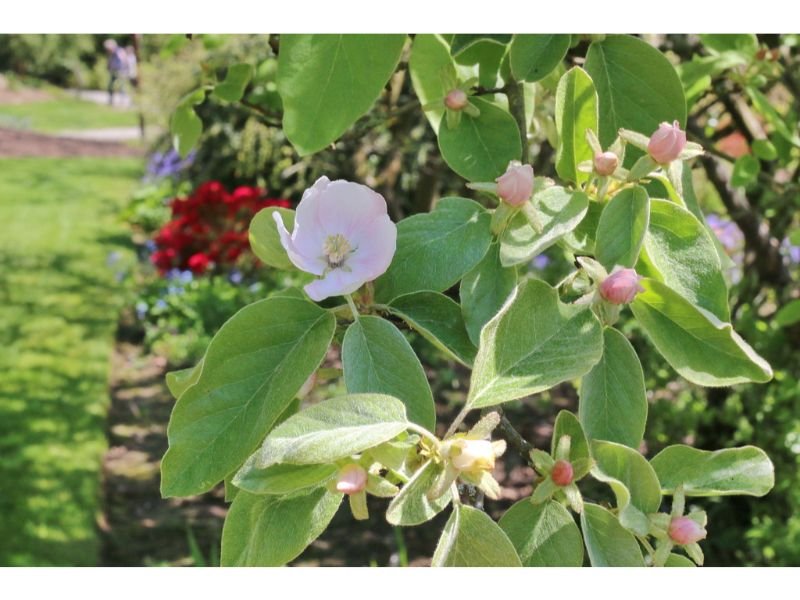
In this article, we’ll be taking a look at some of the most unusual plants and flowers that start with the letter Q. So, without further ado, let’s get started!
Table of Contents
Why do plants and flowers rarely start with the letter Q?
One of the most surprising things about plants is that they seldom use the letter Q in their names. This is because the vast majority of plants are named using the Latin alphabet, which the letter Q words very rarely in use. In fact, there are only a handful of plant species with names that include the letter Q, such as the Queen Anne’s lace (Daucus carota) and the quince (Cydonia oblonga).
So why don’t more plants have names that include the letter Q? It’s likely because Latin names are typically derived from the plant’s characteristics or uses, and the letter Q isn’t often used in these contexts. As a result, plants with names that include the letter Q are relatively rare.
Flowers with the letter Q.
Here are some flowers with Q as the name:
Queen Anne’s Lace (Daucus carota)
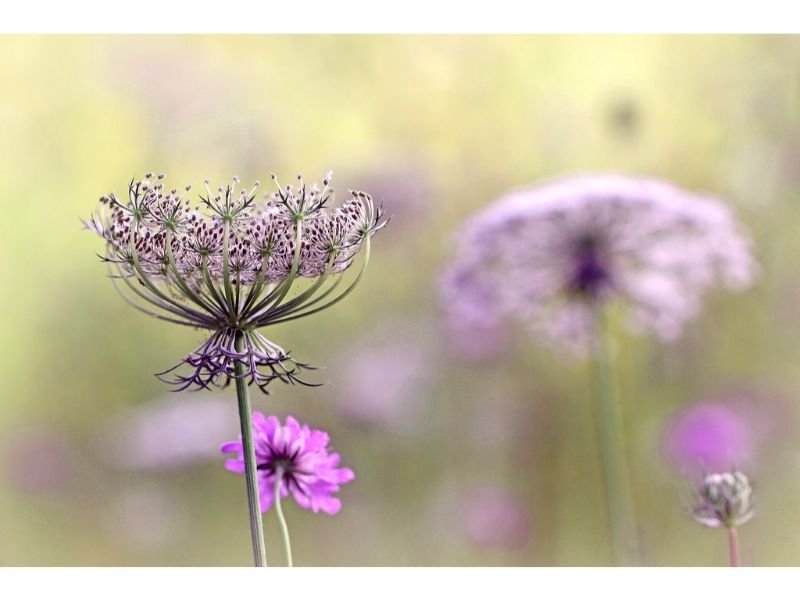
Queen Anne’s lace is an annual plant in the carrot family. It is native to Europe and Asia but has naturalized throughout much of North America. The plant gets its name from a legend involving Queen Anne of Great Britain, who is said to have pricked her finger while making lace. A drop of blood fell onto the lace, resulting in the distinctive crimson floret found in the center of each umbel (cluster of flowers). The plant is often used as an ornamental in wildflower gardens.
Quamoclit coccinea ( Scarlet Clockvine, Cardinal Climber)
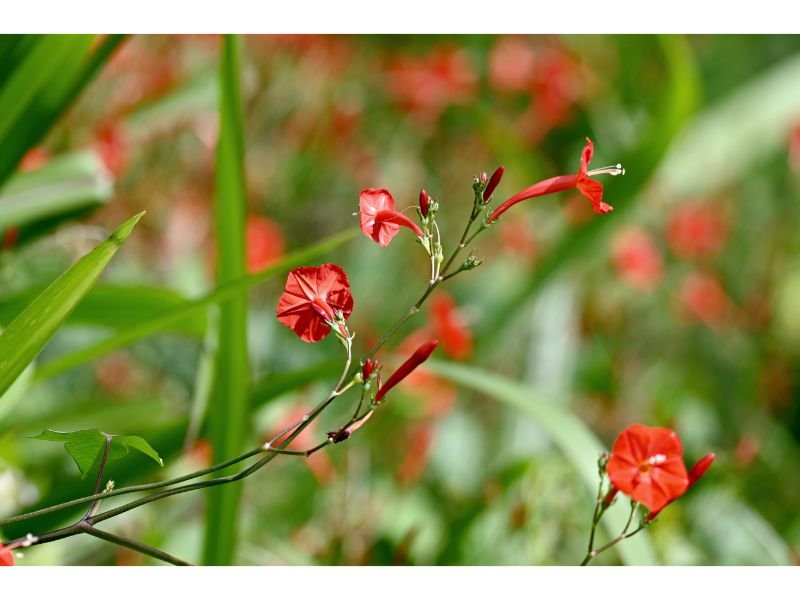
Quamoclit coccinea is a fast-growing annual vine native to Mexico and Central America. It was introduced into the United States in 1824 as an ornamental plant. The vine gets its common name from its clock-like flowers, which open in the morning and close at nightfall. The plant is also known as the ” cardinal climber” due to the intense red color of its flowers. Scarlet clockvine is a popular choice for gardeners looking to add color and interest to their landscape.
Queen of the night (Brunfelsia americana)

Queen of the night (Brunfelsia americana) is a shrub that is native to Florida and parts of Central and South America. It gets its name from its large, showy blooms which open at night and close up during the day. The flowers are white with purple stripes and have a sweet fragrance. The queen of the night blooms from spring through fall.
Queen-of-the-Prairie (Filipendula rubra)

Queen-of-the-Prairie (Filipendula rubra) is a North American wildflower that is native to wetlands and stream banks in the Eastern United States. This tall, graceful flower gets its name from its large, showy pink bloom which resembles a crown.
The blooms are dotted with crimson stamens which add even more drama to this already spectacular plant. Queen-of-the-Prairie is a popular choice for flower gardens due to its long bloom period and attractive color.
Queeny Purple Hollyhock’ (Alcea)
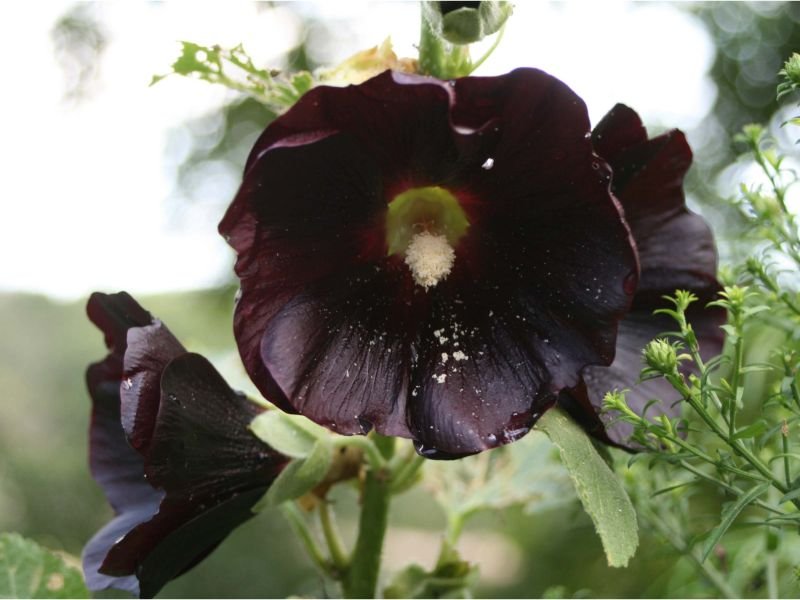
‘Queeny Purple Hollyhock’ (Alcea) is an ornamental plant that features huge, single flowers in shades of purple and pink. It gets its name from the queeny-purple color of the blooms which appear in late summer on plants that can reach heights of 6 to 8 feet. This flower is a popular choice for gardeners looking to add a touch of drama to their landscape.
Quince (Cydonia oblonga)

Quince (Cydonia oblonga) is a decorative shrub that is native to parts of Europe and Asia. It gets its name from its fruit which is similar in shape to an apple but much more tart in flavor. Quince plants are often used as ornamental hedges due to their attractive pink flowers and glossy green leaves. The blossoms are fragrant and the fruit can be used to make jams, jellies, and pies.
Plants with letter Q names.
Quercus macrocarpa (Bur Oak)
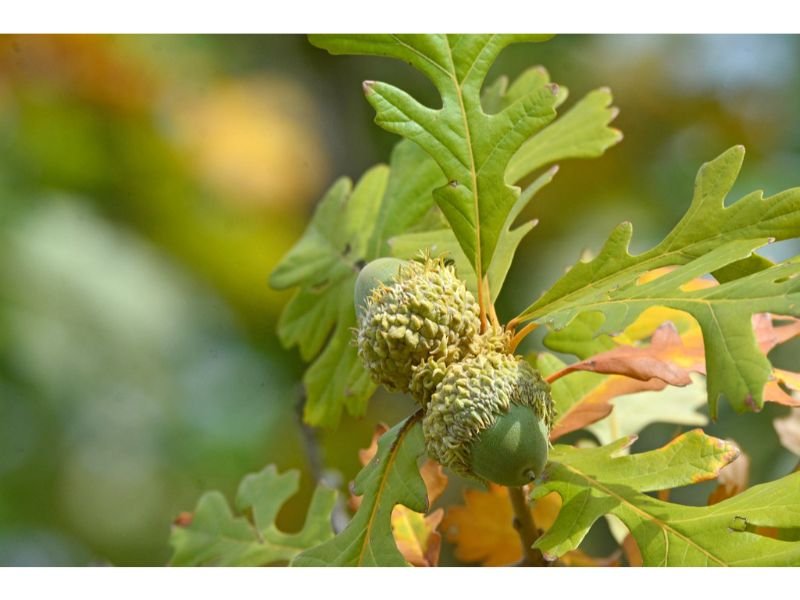
Quercus macrocarpa (Bur Oak) is a large deciduous tree native to North America. It gets its name from the unique acorns which can grow up to 2 inches in length. The bur oak is long-lived and can reach heights of up to 80 feet. It is an important part of many ecosystems, providing food and shelter for wildlife such as birds and small mammals.
Quercus muehlenbergii (Chinkapin Oak)

Quercus muehlenbergii (Chinkapin Oak) is a medium-sized deciduous tree native to North America. It gets its name from the yellowish-green flowers which appear in May and June. The chinkapin oak produces edible nuts which are popular among wildlife and can be harvested for human consumption. This tree is often used as an ornamental due to its attractive yellow foliage in fall.
Quercus fusiformis (Escarpment Live Oak)
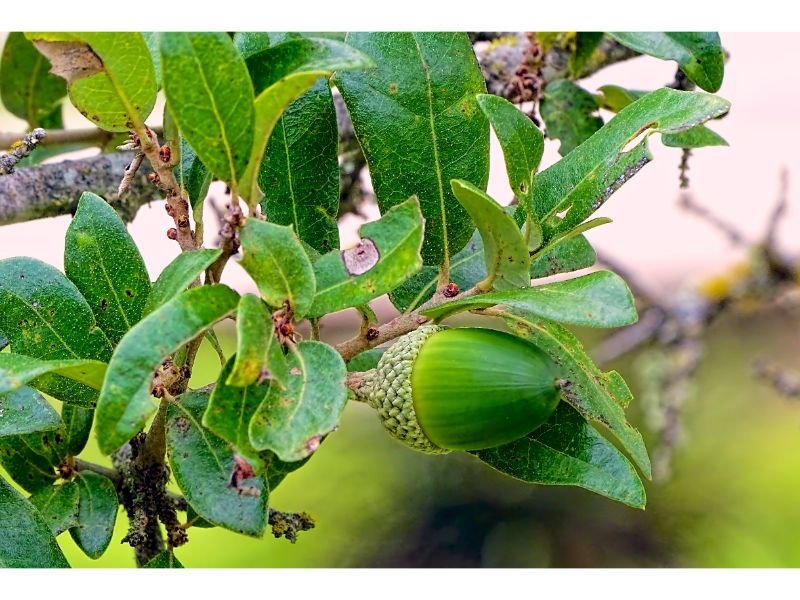
Quercus fusiformis (Escarpment Live Oak) is a small evergreen tree native to the south-central United States. It gets its name from the shape of its leaves which look like pointed spades with three distinct lobes. The escarpment lives oak is drought tolerant and can withstand temperatures down to -10 degrees Fahrenheit. This tree makes an attractive addition to any landscape with its dark green foliage and distinctive shape.
Grass with letter Q names.
Quackgrass (Elymus repens)
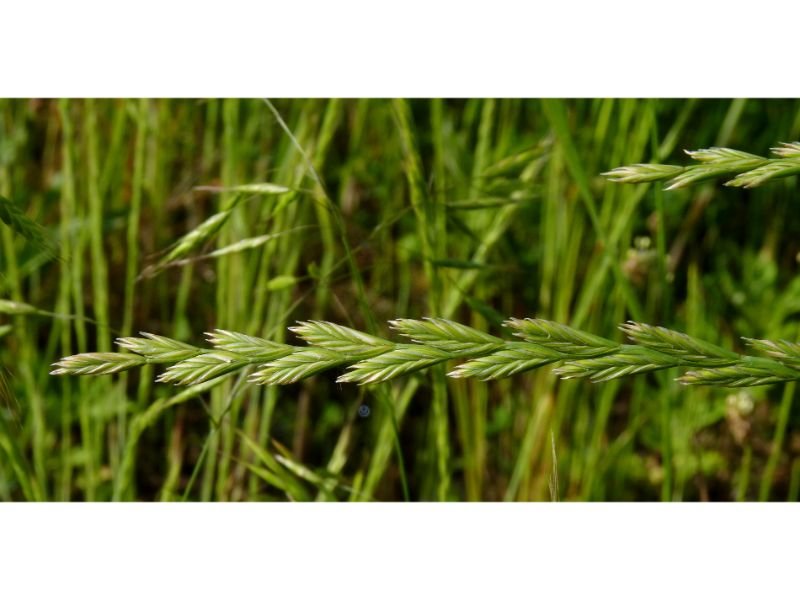
Quackgrass (Elymus repens) is a perennial grass that is native to Europe and temperate parts of Asia. It gets its name from the sound it makes when cut or crushed. The quackgrass is an invasive species in many areas of North America, where it can outcompete native plants for resources. This grass grows well in moist soils and it is often used as a cover crop or for erosion control.
Quaking grass (Briza maxima)
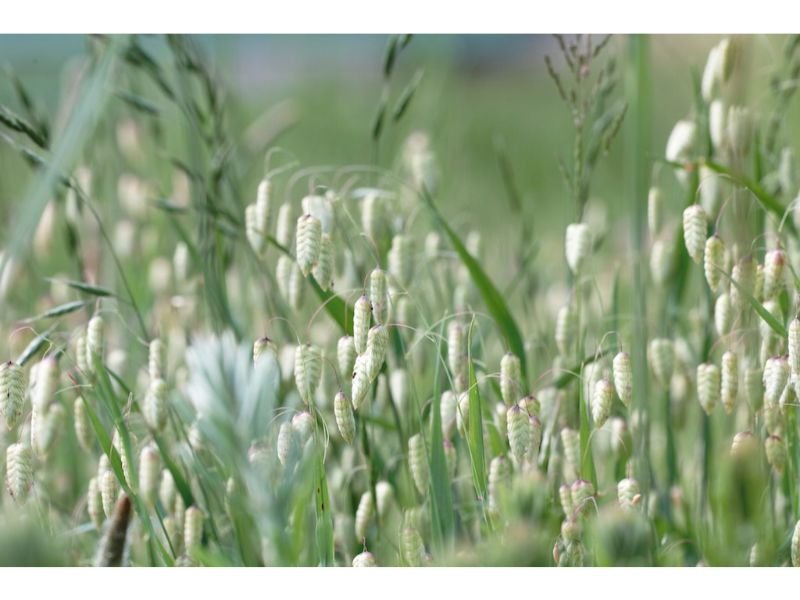
Quaking grass (Briza maxima) is a perennial grass that is native to Europe but has naturalized throughout much of the world, including North America. It gets its name from its pendulous inflorescences which shake in the breeze like little bells. The quaking grass flower is greenish-brown and blooms in late spring or early summer. This grass is often used to add texture and movement to gardens.
There are not so many plants and flowers with names that begin with the letter Q. In this article, we’ve looked at just a few of the most unusual examples. Queen Anne’s lace is an annual plant in the carrot family that gets its name from a legend involving Queen Anne of Great Britain. Quamoclit coccinea is a fast-growing annual vine native to Mexico and Central America that is known for its clock-like flowers. And finally, we have Impatiens tinctoria, a species of impatiens that was once used as a source of dye for fabrics.

Gardening is my passion and growing plants indoors has always been a stress relief for me. Grow a banana tree in my apartment once (although failed to produce bananas).






